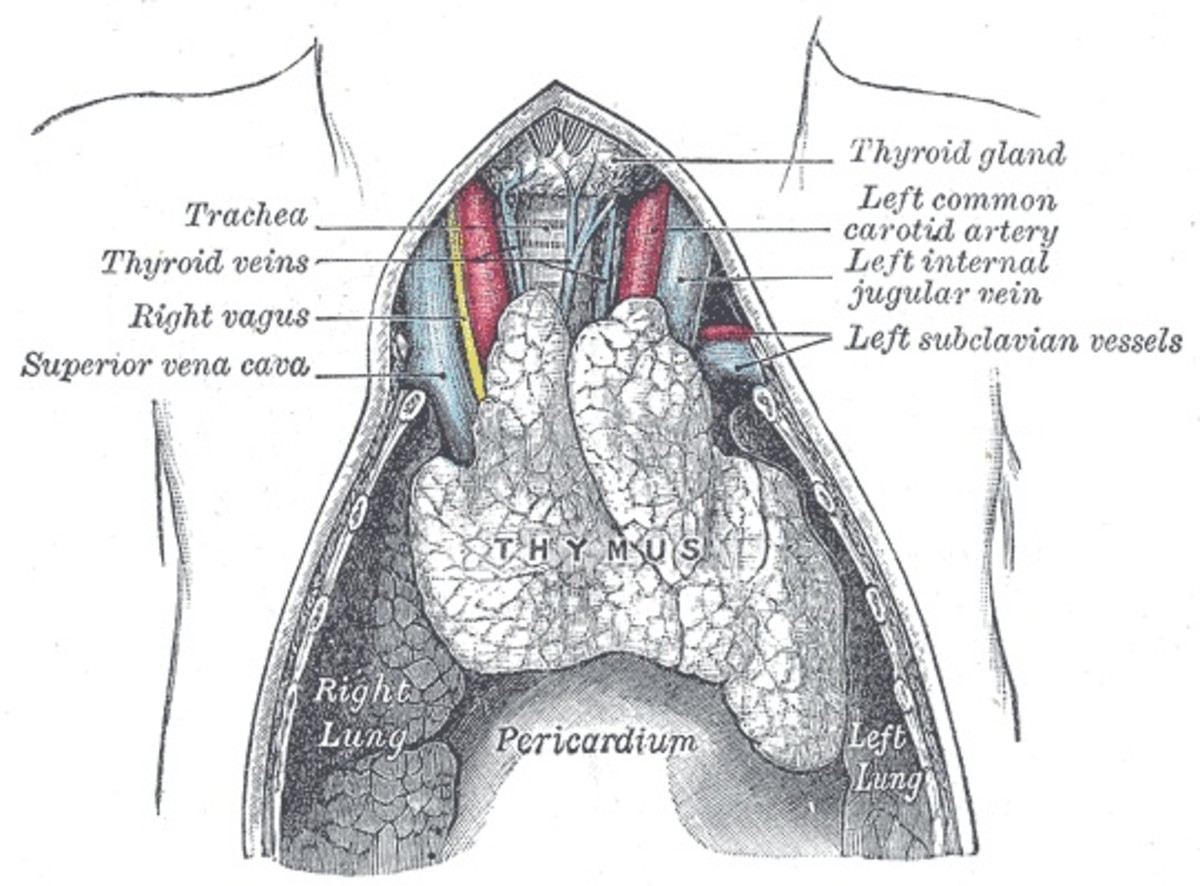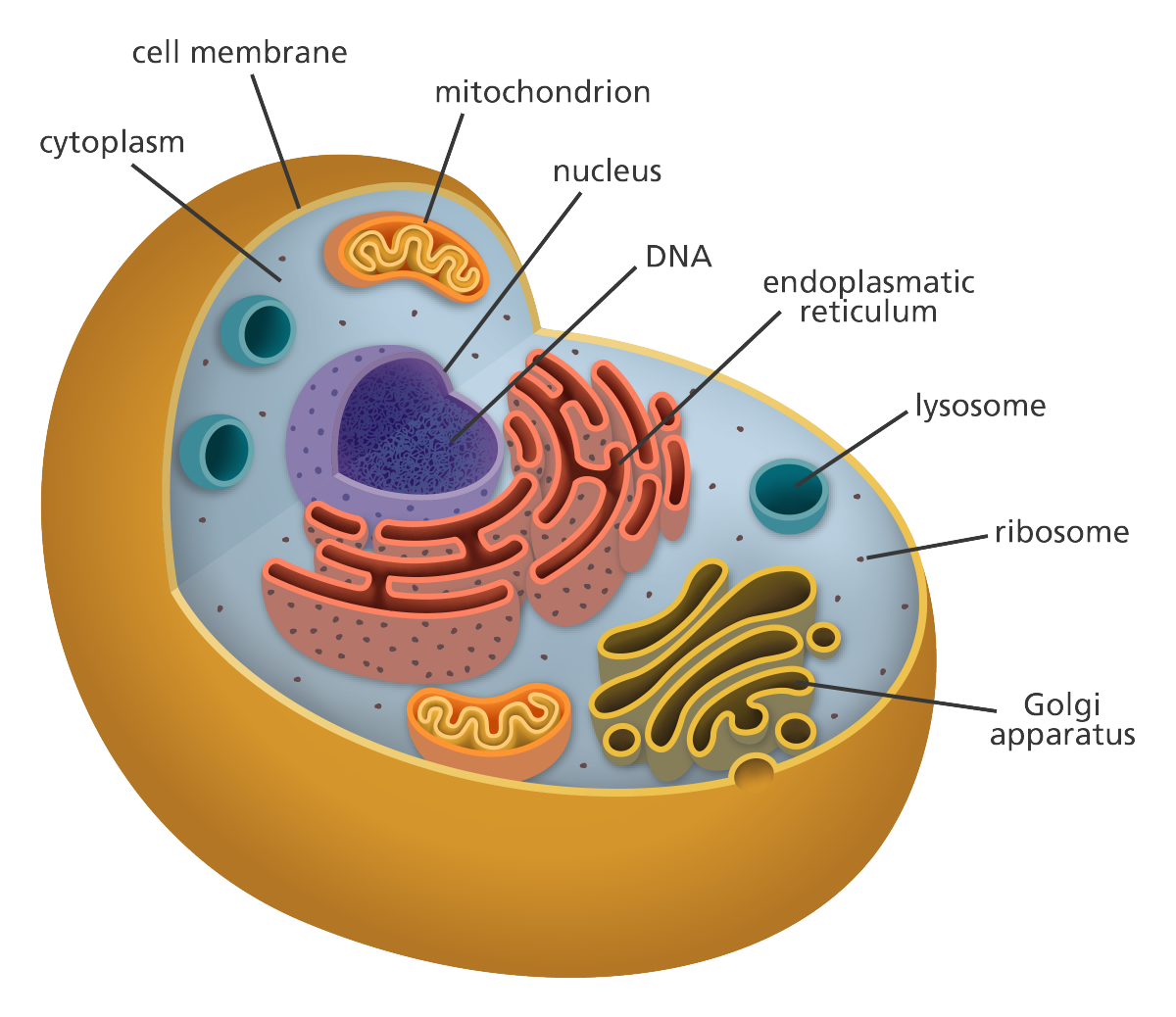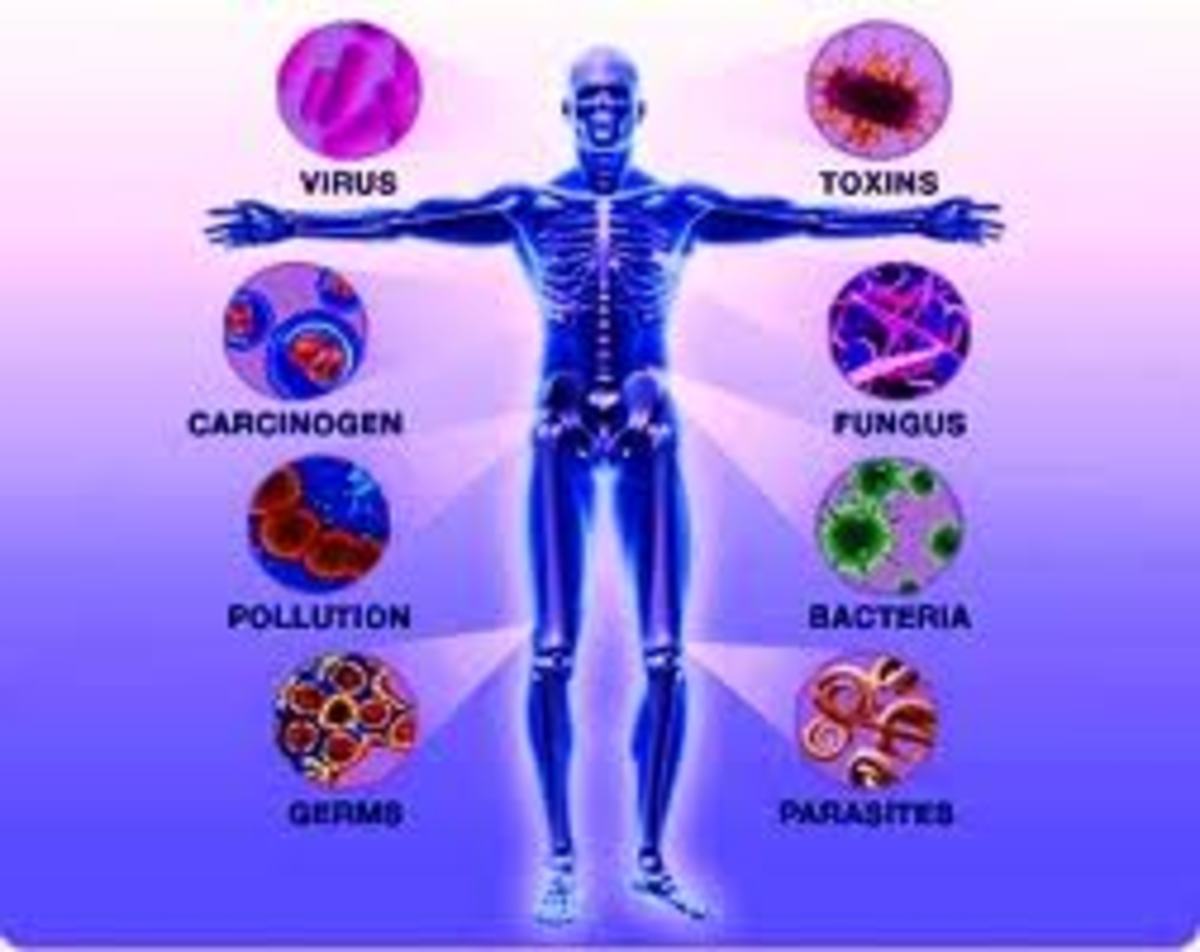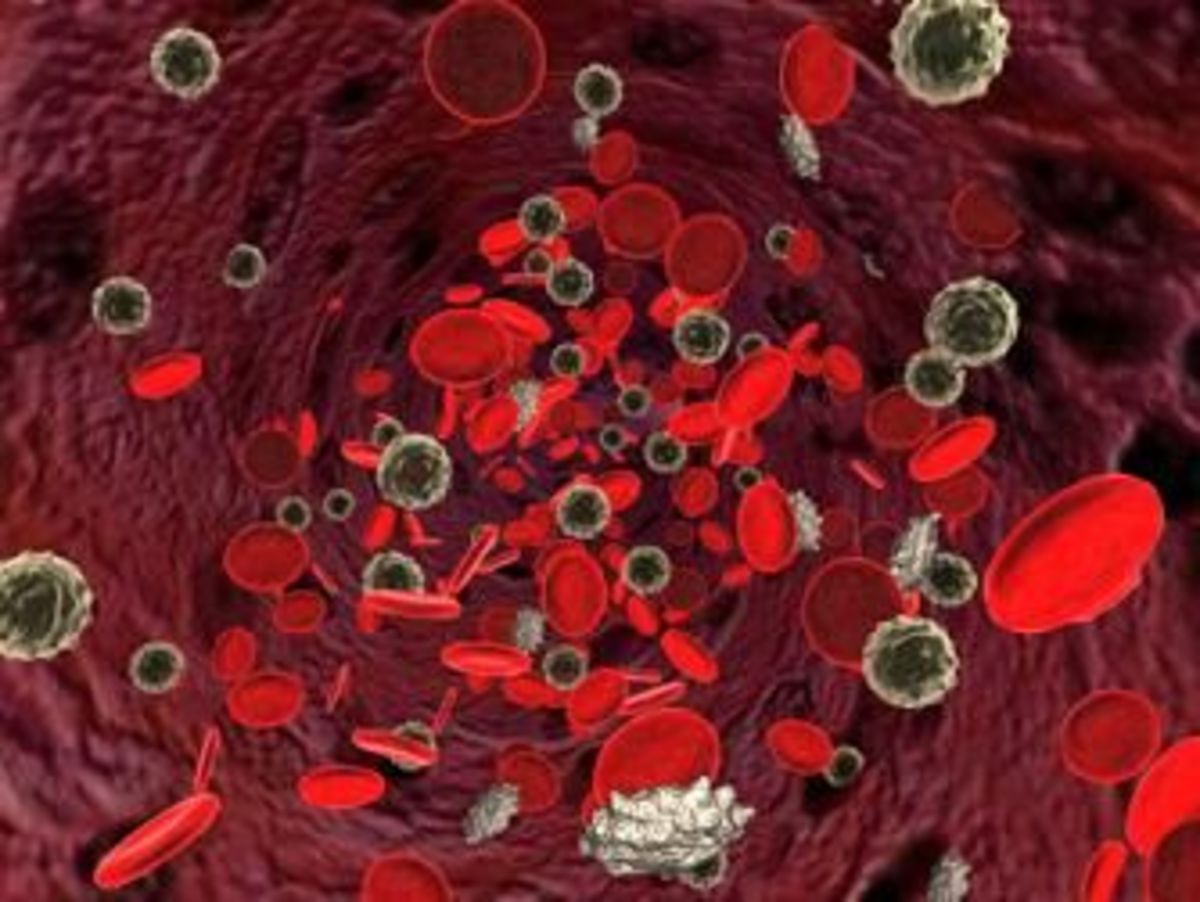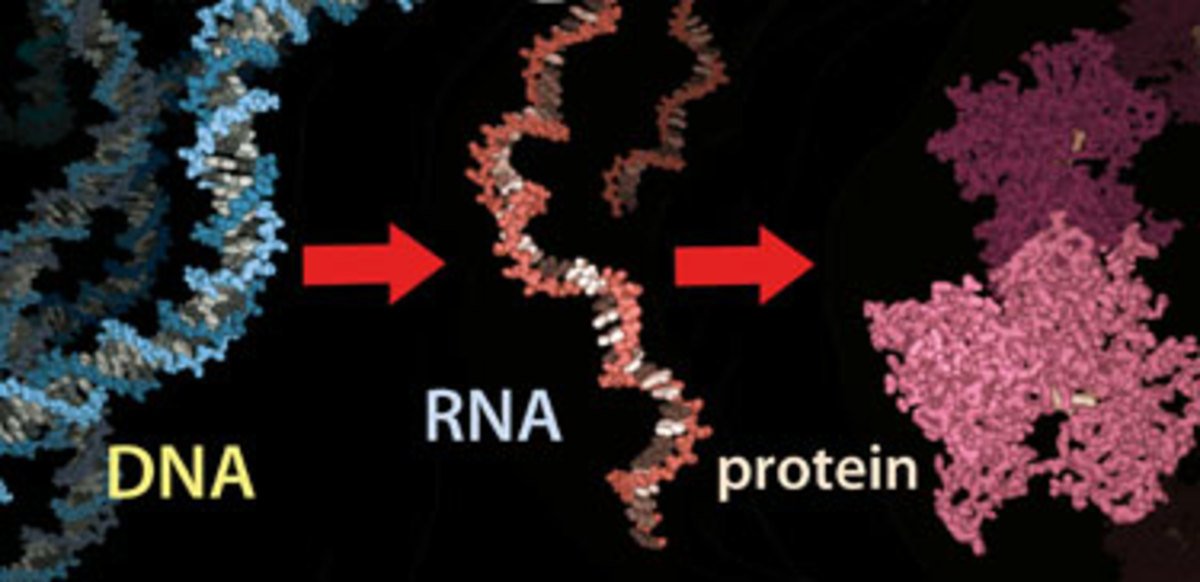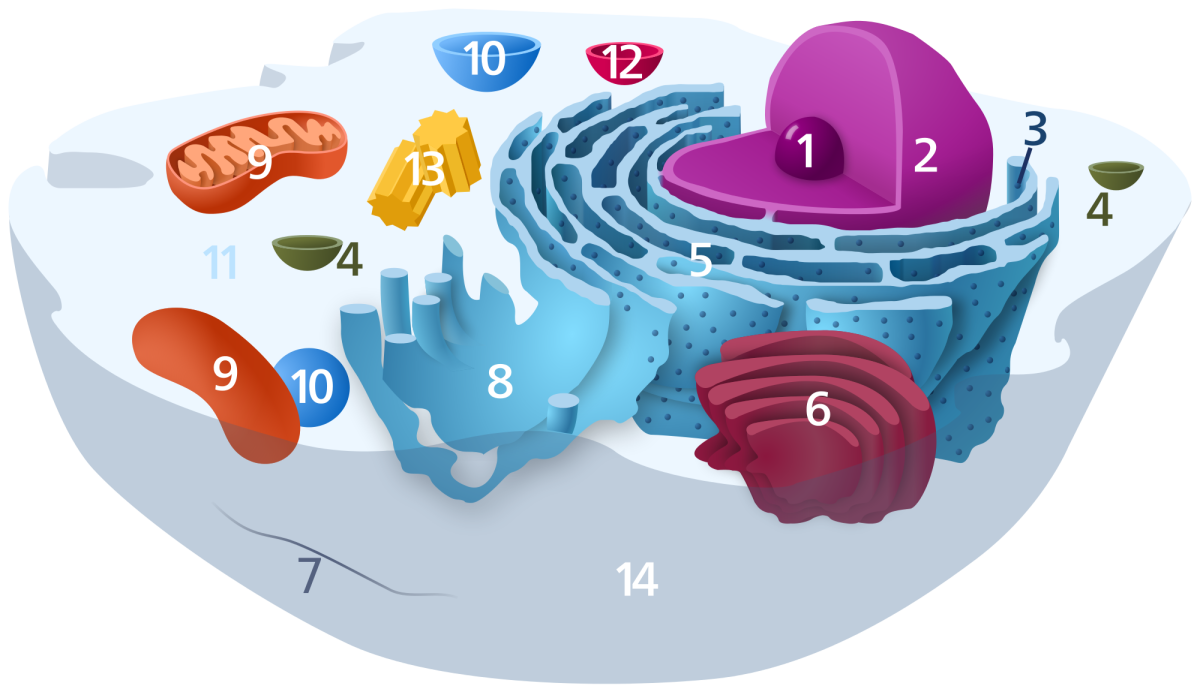Phagocytes Literally Eat Bacteria and Other Foreign Invaders
White Blood Cells that Eat
There are some white blood cells that literally eat solid objects, for example: bacteria, dead cells, and anything that is foreign to the body. These white blood cells are called phagocytes. Phago means to eat and cyte means cell. Phagocytes protect against foreign invaders like bacteria that can make people sick. When a foreign invader, such as bacteria enter the human body, the immune cells-the phagocytes are ready to attack the foreign invader to protect the body. The phagocytes are able to sense the object, because of the chemicals in the environment. Once they have sensed the foreign object, they move toward it, engulf it and destroy it.
The phagocytes can engulf liquid, as well. Phagocytes need to drink and eat. After they eat the foreign bodies, dead cell tissue, bacteria they expell what is left over after digestion.
Phagocytosis is the immune system's way to remove pathogens (disease causing agents) and cell debris. Phagocytes are small white blood cells that protect the body against foreign invaders like bacteria that make their way into the human body.
Phagocytes of the Immune System
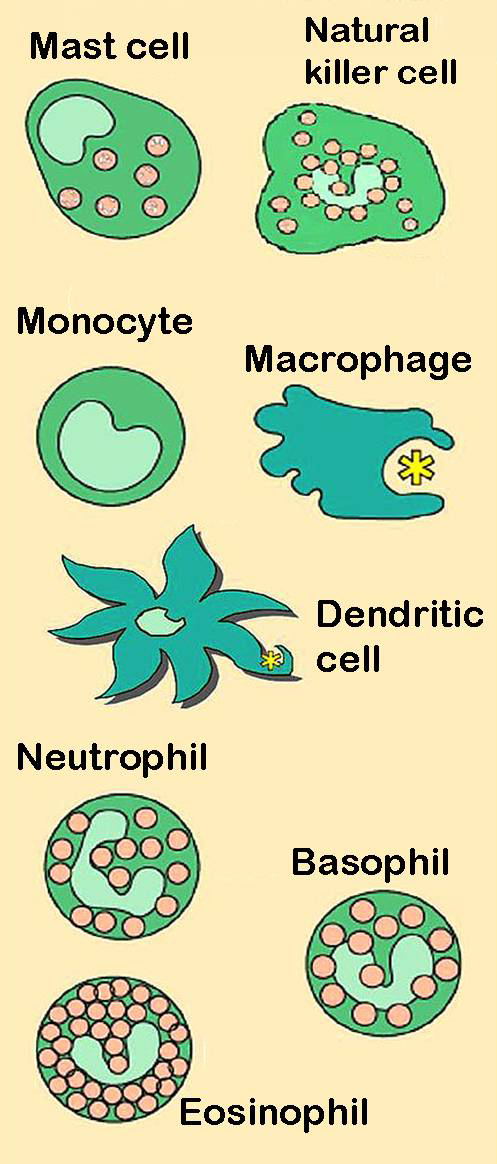
Phagocytes Have Difficulties With Some Bacteria
Phagocytes can have difficulties with bacteria like Listeria Monocytogenes, tuberculosis, and Amtrax. Those forms of bacteria are difficult for the phagocytes to destroy. Some of the bacteria can escape the phagocytes, making it difficult for the phagocyte to destroy the bacteria.
The white blood cells that protect the human body belong to the immune system. The immune cells are great in number in a healthy immune system. The white blood cells are called lymphocytes, the cells that literally eat foreign invaders and dead tissue cells are called phagocytes. The phagocyte takes the foreign invader inside itself, then eats and destroys it.
Phagocytes That Can Eat
There are three types of white blood cells that can act as phagocytes. The three main types are neutrophils, eosinophils, and monocytes. Phagocytes love to eat and they have voracious appetites.
1, Neutrophils: main function is to eat (phagocytize). Neutrophils have proteins on their surface, which help the neutrophils to attach to invading organisms. After the invading organisms are attached, the neutrophils release a series of enzymes and other chemicals to kill and digest the organisms. Neutrophils are the immune system's first line of defense against bacterial infections.
2. Eosinophils: are closely related to Neutrophils. Eoinophils are capable of phagocytosis, but are not as effective at killing bacteria as the neutrophils are. Eosinophils have other functions in the immune system, which include participating in allergic responses, and defending the body against parasites.
3. Monocytes: can also phagocytize (eat) bacteria. They can respond to the site of infection. Monocytes also have the ability to become macrocytes after they migrate to the body tissues. When monocytes are in the body tissues, they grow and transform themselves into macrophages. The word macrophage means big eater. They stay in the body tissues, where they function as phagocytes-cell eaters, and they also interact with the other types of immune cells that live in the immune system, to help protect the human body. Monocytes,also, regulate inflammatory responses.
There are other cells in the immune system that have roles in protecting the human body against foreign invaders. Dendritic cells are more stationary in their environment. These cells stay in their place, and monitor their environment for any invading organisms that may enter into their environment. Mast Cells also live in the immune system. They kill bacteria that are gram-negative. The immune cells all work together and are a great force against foreign invaders, such as bacteria, and other objects that are foreign to the body.

